While we usually think of the Vikings as travelers and raiders, they did not in fact live on their longboats or in military camps. The majority would have spent most of their lives in villages, not too dissimilar from the English and French villages that they were raiding and conquering.
While the exact composition and nature of Viking villages depend on the region in which they were located, and they also changed over time, there are a few characteristics that are fundamental to Viking villages. Let’s take a look.

Farmstead, Village, or Fortress
The size of Viking villages varied greatly.
In poorer and harsher areas, farmsteads were isolated and separated by relatively long distances. This is especially common in Iceland, where large farmsteads are spotted across the landscape.
In more prosperous areas, a dozen farmsteads might cluster together to make a small village. The houses of the inhabitants of these small Viking towns were clustered together in the center of the town and enclosed by walls, as much to keep livestock from wandering through as offering protection from enemies. Farm and grazing land then surrounded the village.
Even in the riches areas where the Vikings built their distinctive defensive ring fortresses, there were usually fewer than 20 longhouses – the name that we giving to Viking houses – within the fortress walls.
The largest surviving ring fortress, at Aggersberg in Denmark, only had an internal diameter of 240 meters and archaeological remains of 48 houses survive.

Location, Location, Location
The success and prosperity of a Viking village often depended on its location. Most villages were located near the coast or along a fjord. This was, firstly, because fishing was fundamental to their way of life, and secondly because it made transport easier. It was much easier for the Vikings to travel by boat than try and cross the rugged landscape.
Settlements were also usually placed on high ground to ensure the best possible drainage. While wells were common features of larger villages, farmsteads and smaller villages were almost always located close to a source of fresh running water.

Household
Households varied greatly in size depending on the wealth of the inhabitants. Most dwellings were centered on a longhouse, so-called because of their rectangular shape.
In Norway, these houses were usually built from wood, with turf or thatched roof. Meanwhile, in Scotland, stone houses were more common as wood was relatively scarce. The Vikings were inventive and used whatever materials were available to them locally.
For poorer people, this may have been their only building. The family would have lived here, and they would have been joined inside by their livestock in the colder winter months.
Richer farmsteads also had multiple outbuildings, both for sheltering livestock and creating space for other activities, such as brewing.
The household would have been composed of the owner of the farmstead and his family, which was an extended family of parents and cousins, rather than just the nuclear family.
Paid hands would also have lived and worked on the farmstead, alongside slaves, which were common in the Viking world. Slaves would have been given the less desirable jobs on the farm.

Commodities
To make a living, the Vikings fished, sewed crops, and raised cattle. As we have already said, the importance of fish in the Viking diet is one of the main reasons that settlements were always located near the coast of rivers.
The process of cultivating crops would have been carried out predominantly by women, children, and slaves while the men were off raiding. The most common grains were barley, rye, and oats.
But by far the most important commodity on any Viking farm was its livestock. In fact, cattle were so important that the word for cattle and the word for money in old Norse are the same, fé.
The Strong farmstead in Iceland had barns with stalls for 18 heads of cattle, while Njal’s farm at Bergthorshvoll had stalls for 30 heads. Most Viking farms probably have between 15-40 heads of cattle.
As well as cows, the Vikings also raised sheep, pigs, goats, and even horses. Horse meat was actually a delicacy among the Vikings until it was outlawed with the rise of Christianity.
All animals were raised to serve multiple purposes, providing milk to be made into a variety of dairy products, to provide wool, leather, and other essentials, as working animals drawing ploughs and wagons, and of course as meat, both for the dinner table and to make sacrifices to the gods.

Rhythm of Life
The rhythm of life in Viking villages would have been very much dictated by the season. Plants were sown in the spring, and the men went raiding in the summer while the rest of the household worked to prepare enough food to see them through the winter months. The dark winter months would have been spent clustered together in the longhouses, telling stories, teaching children, making crafts, and more.
This is why the festivals that marked the changing of the seasons were so important in the Viking calendar, as they marked real transitions in day-t-day life.
What do you think? Would you have liked to live in a Viking village?
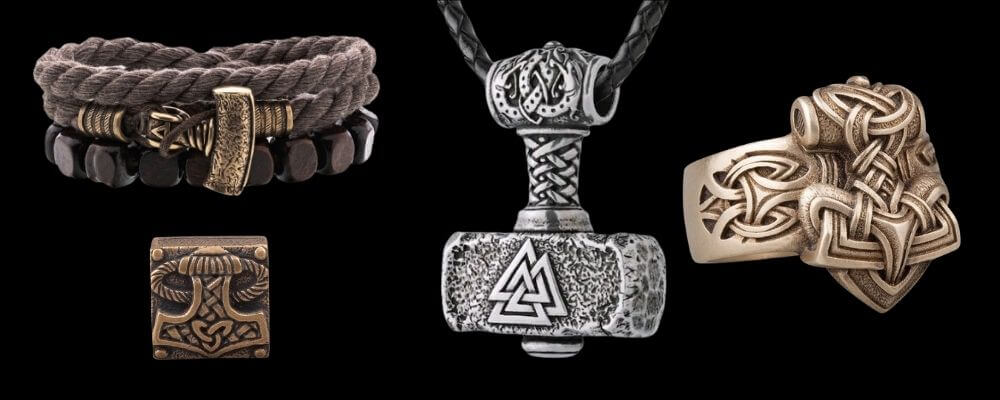
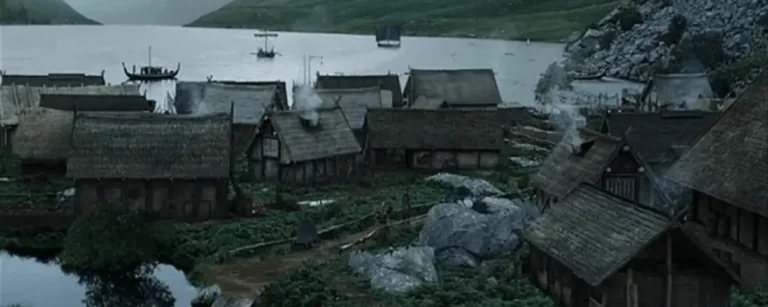



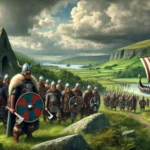
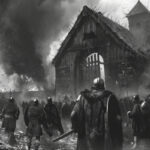
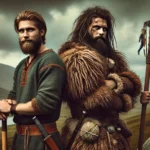

It would be cool to live in a Viking Village since I did a DNA test of who my ancestors were.. Im 2% Viking